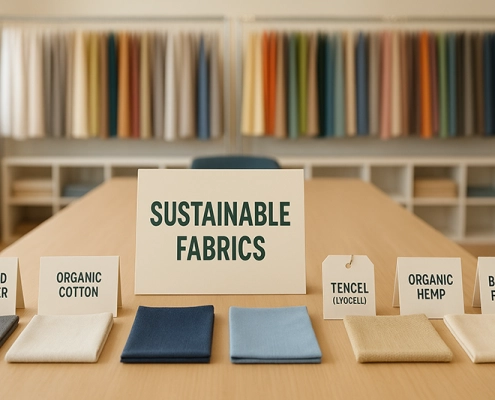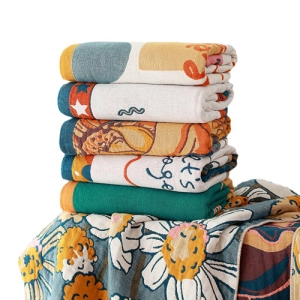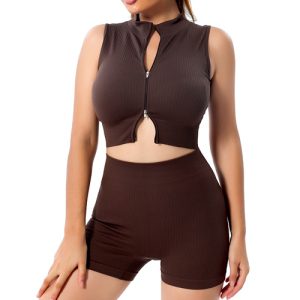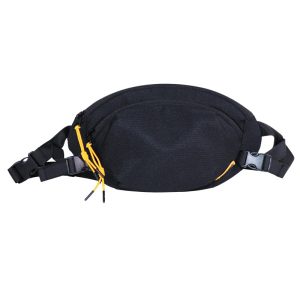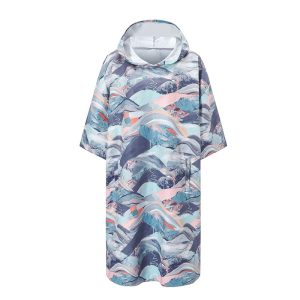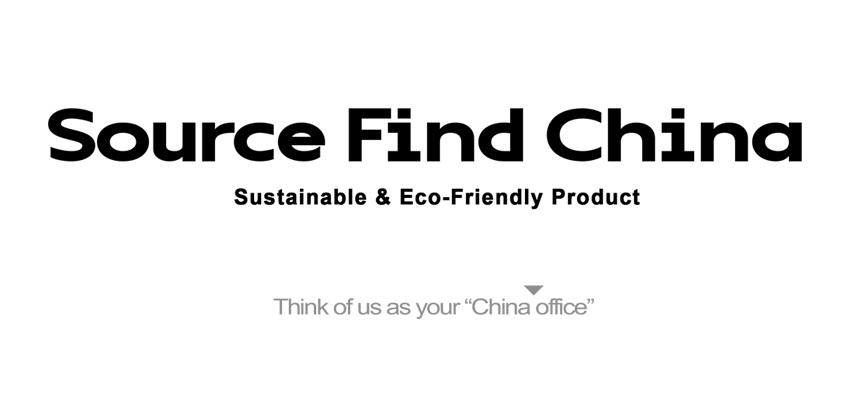Eco Friendly Clothing Materials
Recycled Polyester (RPET), Organic Cotton, Recycled Nylon, Tencel (Lyocell), Organic Hemp, Bamboo Fabrics
Eco Friendly Clothing Materials
Recycled Polyester (RPET), Organic Cotton, Recycled Nylon, Tencel (Lyocell), Organic Hemp, Bamboo Fabrics
In today’s fashion industry, sustainability has moved from trend to responsibility. Choosing eco friendly clothing materials helps brands lower environmental impact while keeping products comfortable, durable, and stylish. From recycled fibers to plant-based textiles, there are many viable options.
Below, we cover the most commonly used sustainable fabrics, introduce a few innovative yet less common choices, and then show practical product recipes (e.g., how to spec materials for a fanny pack, tees, activewear, and beach items).
Most Common Eco-Friendly Fabrics
1) Recycled Polyester (RPET)
Made from post-consumer plastic bottles and other recovered PET. Bottles are cleaned, melted, pelletized, and spun into new fibers. Compared with virgin polyester, RPET can cut emissions and save water and energy. It is light, strong, abrasion-resistant, and ideal for outerwear, bags, and accessories.
2) Organic Cotton
Grown without synthetic pesticides o
r fertilizers. Soft, breathable, and gentle on skin; better for farmers and soil health. Widely used for T-shirts, underwear, babywear, and casualwear.
3) Recycled Nylon
Sourced from discarded fishing nets, carpets, or mill waste. Offers excellent strength and stretch recovery, making it suitable for activewear, swimwear, windbreakers, and durable bags. Diverts waste from oceans and landfills.
4) Tencel (Lyocell)
A cellulose fiber from sustainably managed wood pulp, typically produced in a closed-loop system that recovers and reuses most water and solvents. Soft, breathable, drapey, and biodegradable. Great for shirts, dresses, and loungewear.
5) Organic Hemp
Fast-growing, low-input crop that improves soil and needs minimal water. Fibers are strong, naturally antibacterial, and long-lasting. Works well in jackets, pants, workwear, and eco uniforms.
Less Common but Innovative Materials
1) PLA (Polylactic Acid) Fabric
Bio-based fiber derived from fermented plant starch (e.g., corn or sugarcane). Biodegradable under specific conditions; has a smooth, silk-like hand. Used in sportswear, nonwovens, and some packaging applications.
2) Cork Fabric
Crafted from bark harvested without cutting the tree. Lightweight, water-resistant, vegan. Often used for accessories such as wallets, handbags, and trims.
3) Piñatex (Pineapple Leather)
Made from pineapple leaf fibers, an agricultural byproduct. A cruelty-free leather alternative for bags, shoes, and outerwear panels.
Product Examples and Material Recipes
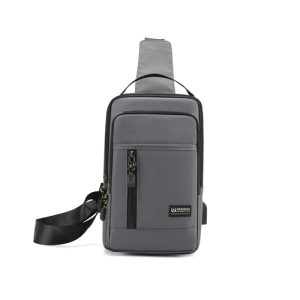
1) Fanny Packs and Backpacks
- Main shell: 100% recycled polyester (RPET), 300D–600D depending on durability needs
- Straps/webbing: 100% recycled nylon, or 80% nylon + 20% spandex for flexibility
- Lining: 100% recycled polyester taffeta
- Zippers: Recycled PET or eco-line series (e.g., YKK Natulon)
This setup balances strength, water resistance, and comfort while keeping overall recycled content high (often 70–80%+ depending on trims).
2) T-Shirts and Hoodies
- Fabric option A: 100% organic cotton (ringspun for softness)
- Fabric option B: 60% organic cotton + 40% recycled polyester for better shape retention
- Labels/threads: Recycled polyester yarns
- Printing: Water-based inks (PVC- and phthalate-free)
Blends improve durability and drying time while preserving comfort.
3) Activewear and Yoga Sets
- Main fabric: 85% recycled nylon + 15% spandex (or 75/25 for extra compression)
- Breathable panels: Tencel or bamboo viscose meshes
- Elastic: Recycled elastane or covered recycled yarns
This mix delivers stretch, support, moisture management, and reduced environmental impact.
4) Beach Towels Ponchos
- Outer face: Recycled microfiber (from plastic bottles) for quick dry and sand resistance
- Inner face: Organic cotton or bamboo fiber for softness and absorbency
A dual-layer build combines comfort against skin with fast-drying performance.
The Future of Eco-Friendly Clothing Materials
Sustainable textiles are accelerating toward bio-based inputs, closed-loop recycling, and fully traceable supply chains. Brands increasingly adopt blockchain for provenance and AI tools to reduce waste, optimize patterns, and forecast demand.
How Source Find China Helps
Source Find China (SFC) connects global brands with vetted Chinese suppliers specializing in sustainable fabrics and responsible manufacturing. We support material selection, compliance checks (e.g., GOTS, OEKO-TEX, Bluesign), factory audits, sampling, production oversight, and logistics. Our goal is to make eco-friendly apparel sourcing simple, transparent, and cost-effective—whether you are launching a new green line or upgrading an existing range.
Start your sustainable apparel sourcing journey.

